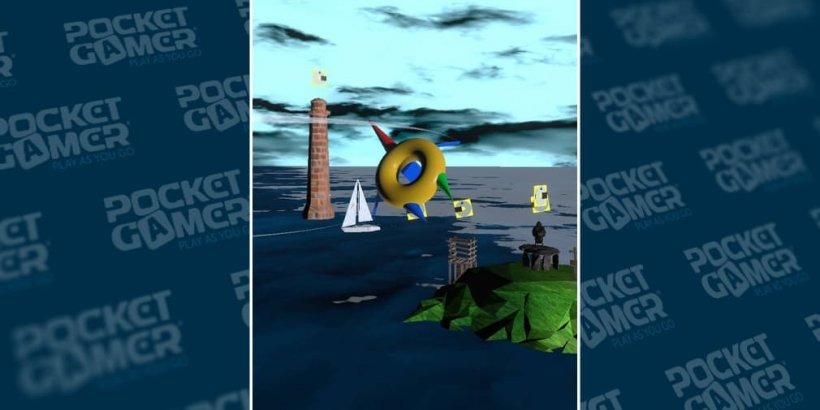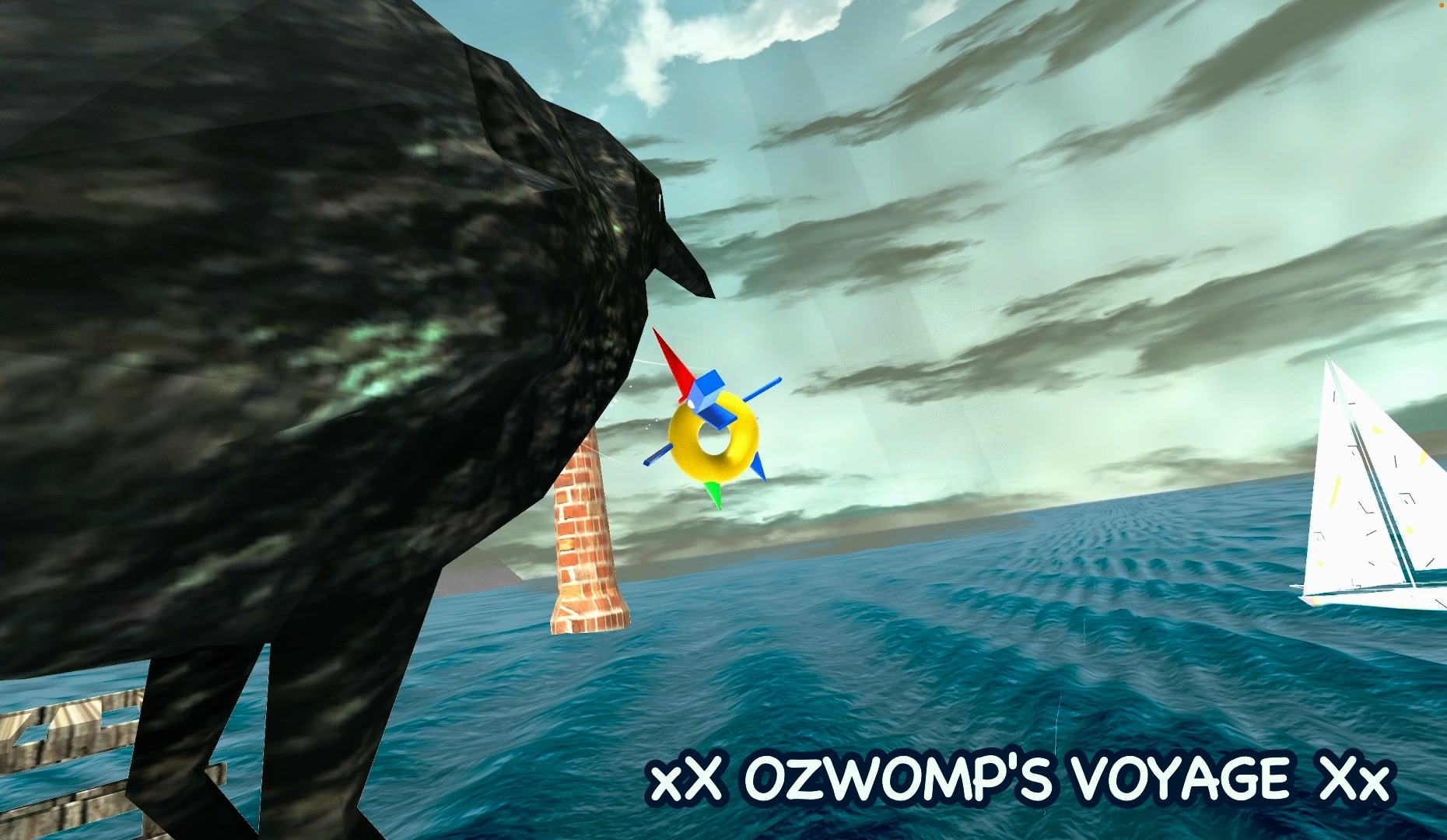A Trip to the Surreal: Understanding the Nonsense of Ozwomp’s Voyage
Popular Now
 The mobile game market is a sea of endless possibilities, from hyper-realistic shooters to strategic empire builders. Yet, in this vast ocean, some titles stand out not for their commercial success or massive player counts, but for their sheer, unapologetic strangeness. One such game is Ozwomp’s Voyage, a title that exists on the fringes of the mainstream, offering an experience that is more meditative than competitive, and more bizarre than familiar. While most mobile games chase a high LTV (Lifetime Value) and low CPI (Cost-Per-Install), Ozwomp’s Voyage operates in a different universe altogether, a universe where a flying doughnut-shaped crocodile is the hero and “making sense” is not a requirement for fun.
The mobile game market is a sea of endless possibilities, from hyper-realistic shooters to strategic empire builders. Yet, in this vast ocean, some titles stand out not for their commercial success or massive player counts, but for their sheer, unapologetic strangeness. One such game is Ozwomp’s Voyage, a title that exists on the fringes of the mainstream, offering an experience that is more meditative than competitive, and more bizarre than familiar. While most mobile games chase a high LTV (Lifetime Value) and low CPI (Cost-Per-Install), Ozwomp’s Voyage operates in a different universe altogether, a universe where a flying doughnut-shaped crocodile is the hero and “making sense” is not a requirement for fun.
Developed by the indie creator known as Loom / Melonking, Ozwomp’s Voyage is a stark contrast to the aggressive monetization and hyper-optimized user experience of top-grossing games. Instead of a complex progression system or a deep narrative, the game offers a short, surreal journey through low-poly, atmospheric landscapes. It’s a “walking simulator” in the most literal sense, but with a unique twist—you fly. The game’s appeal lies not in its challenge, but in its artistic vision and relaxing, ambient tone. It’s a title that’s not found on the top of the App Store charts but finds its home in curated indie collections and among players seeking a more unique and personal gaming experience.
The Art of the Absurd: A Gameplay Breakdown
For those unaccustomed to the genre, Ozwomp’s Voyage might feel like an unfinished project or a student film. There’s no clear objective, no enemies to defeat, and no complex puzzles to solve. The player simply controls Ozwomp, the aforementioned doughnut crocodile, on a voyage through a series of dreamlike worlds. The primary gameplay mechanics involve basic movement and observation. The game is intentionally short, with a complete “voyage” lasting under 10 minutes, but the developer encourages players to take their time, to “spend your time swooping through the stars,” and to simply “take in the sights and sounds.”
The game’s strength is its distinctive visual and audio design. The low-poly aesthetic, combined with a surreal, often eerie, soundtrack by Siddhartha Corsus, creates a sense of peaceful isolation. The environments are varied and captivating, from strange, monolithic ruins to tranquil, star-filled voids. This focus on atmosphere over action is what sets it apart from the majority of mobile titles. It’s an experience that is more akin to a digital art installation than a conventional video game, a concept that is gaining traction in the indie gaming space.
- Low-Friction Gameplay: With minimal controls and no challenging obstacles, the game prioritizes a relaxing and accessible experience for all players.
- Artistic Focus: The game’s primary value is its unique art style, ambient music, and surreal atmosphere, which create a distinct and memorable aesthetic.
- Experiential, not Competitive: Unlike games built for competitive leaderboards and a high ARPDAU, Ozwomp’s Voyage is designed for a single, meditative journey.
 Monetization and Player Base: A Different Model
Monetization and Player Base: A Different Model
On the App Store, where games compete fiercely for user attention and revenue, Ozwomp’s Voyage offers a refreshing alternative. It is not a free-to-play game with aggressive monetization tactics or a complex gacha system. Instead, it is a premium title, available for a small, one-time purchase. This simple model is common among indie developers who prioritize creative expression over commercial optimization. This approach allows the developer to deliver a complete, ad-free experience from the outset, appealing to a niche audience that values artistic integrity and a clean user interface.
The community for a game like Ozwomp’s Voyage is not found in the millions of players on global leaderboards, but in niche forums and communities on platforms like itch.io and Reddit. The game has a small, but dedicated following of players who appreciate its unique vision. The developer’s direct engagement with this community, sharing development logs and responding to feedback, further reinforces the game’s indie, a-la-carte charm. The game’s success is not measured in downloads or revenue charts, but in the appreciation of a small group of players who understand its “nonsense.”
In a world dominated by games with multi-million dollar marketing campaigns and complex monetization strategies, Ozwomp’s Voyage serves as a reminder that there is still a place for unique, personal, and profoundly strange experiences in the gaming industry. It proves that not every game has to be about grinding for rewards or competing against thousands of other players. Sometimes, a journey with a flying doughnut-shaped crocodile through a surreal, low-poly universe is all you need to find a moment of peace and a bit of joy. The game’s existence itself is a triumph of artistic vision over commercial pressure, a true gem for those willing to look “Off the AppStore.”